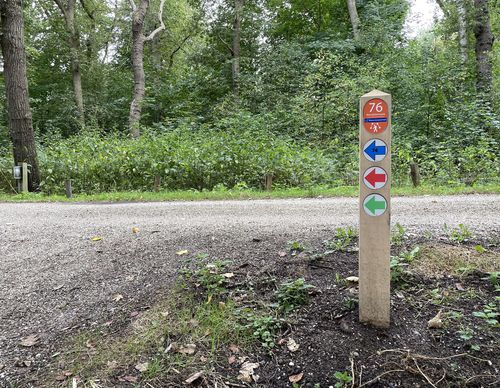Starting point Zandvoortselaan (tourist transfer point)

No routes found for starting point Starting point Zandvoortselaan (tourist transfer point)
The Zandvoortselaan entrance is one of the four main entrances of the Amsterdamse Waterleidingduinen (Water Supply Dunes, AWD). The dune region is 3,400 hectares in size. Waternet has been purifying drinking water for Amsterdam here since 1953, nowadays that means 70 billion litres of drinking water per year. Water extraction in the AWD has a rich past. Hunters, farmers and landlords have grown up, hunted, lived and put their name on the map in the dunes. The Second World War also left traces here, which can be seen in the remains of many bunkers. The drinking water nature of the AWD is part of Natura 2000, a European network of special protected nature reserves. Waternet takes good care of the dune because healthy nature is reflected in the quality of the drinking water.
You can enjoy peace and space in the AWD and stroll freely, even outside the paths. Waternet has set out route posts for walkers who want to explore the area and would like to follow a marked route. Two marked routes start from the Zandvoortselaan entrance, where you follow the posts in one direction and return to the entrance. You can find additional routes at awd.waternet.nl.
- The White Posts Route at Zandvoort takes you via the stone bridge over the Oosterkanaal to the Vlooienhoek neighbourhood. Further on, you walk between the high dune tops and along the Rozenberg, which takes its name from the vegetation with Burnet roses. On the way back you will pass bunkers, recognisable by the angular protruding parts in the dune.
- On the Green Posts Route near Zandvoort you walk along the base of the Tonneblink; at more than 32 metres it’s one of the highest dune peaks in the AWD. Past the Van der Vliet canal you walk through an open dune landscape with drifting dune sand towards the Renbaanveld. Long ago, horse races were held here and wealthy people gambled a lot of money. It is now a lake and habitat for all kinds of waterfowl and cormorants.

